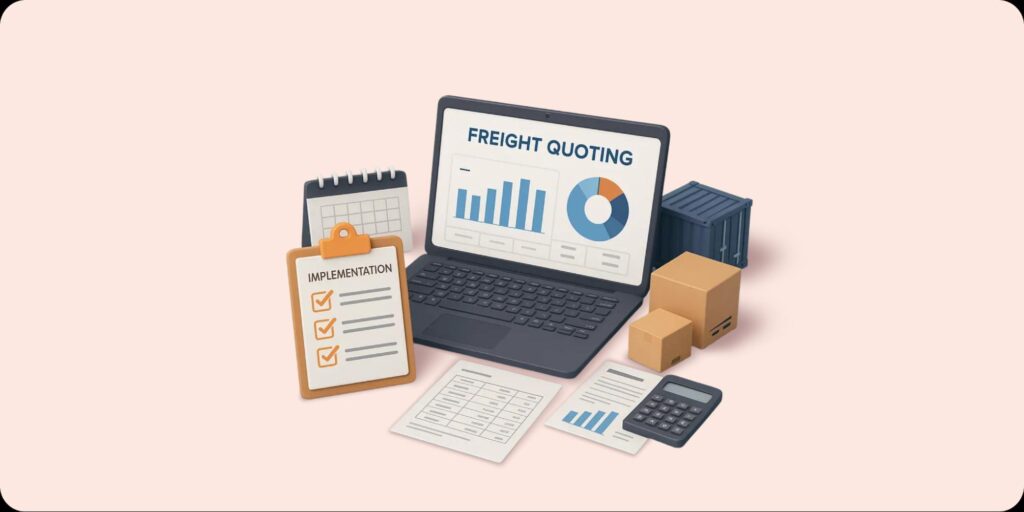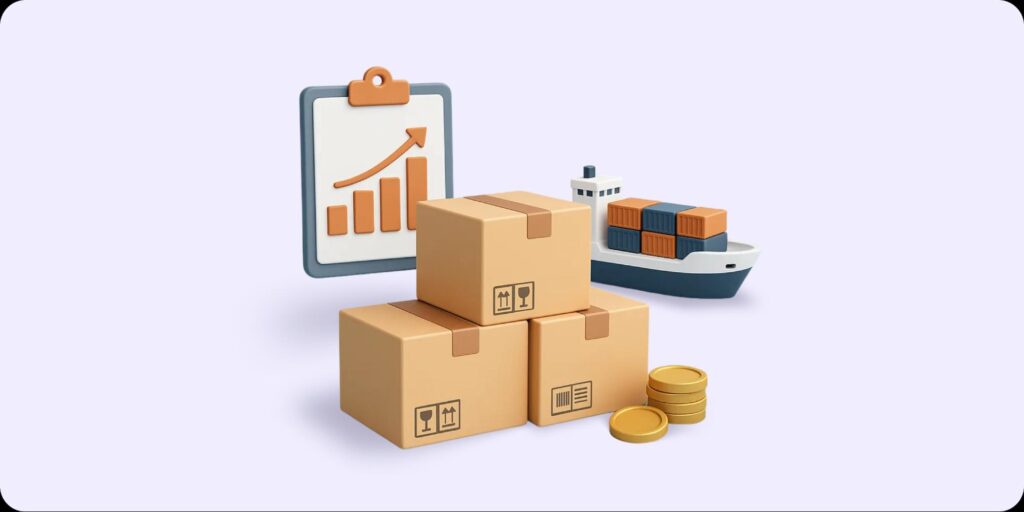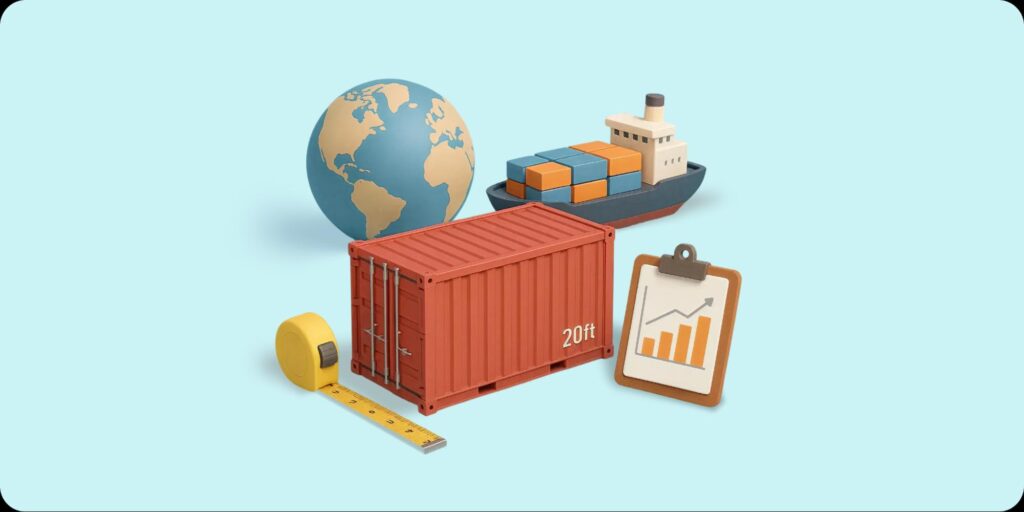Key Takeaways
- Speed is now the gold standard, customers expect instant responses and fast deliveries. Logistics teams must respond rapidly to stay competitive.
- Personalize the experience, when price isn’t your edge, deliver tailored service that makes customers feel valued to retain and grow your base.
- Stay flexible, adapt to unique client needs, resolve issues quickly, and evolve your services based on direct customer feedback.
- Make digital experiences seamless. Intuitive platforms and clear communication are crucial for building customer trust and eliminating friction.
- Wisor reduces quote turnaround by 85% and simplifies freight processes by condensing five steps into one, helping forwarders boost efficiency without losing personal client touch.
Providing excellent customer service has been the highest priority in our growing market for more than a century since the phrase “the customer is always right” was invented. Nowadays, in the internet era, consumers’ expectations for quick, easy, reasonably-priced service have skyrocketed because of companies like Amazon, Uber, and ASOS. It’s incredible that now, anyone can order food using an app with no human interaction, watch their delivery status on their phones, and have it at their door in less than an hour. But these new technologies have also caused society’s demands of all service providers to triple and quadruple.
Since many businesses now use apps and software to provide their clients with the best service possible, understanding the customer experience is essential to success. Recognizing clients’ needs and wants should be the most crucial factor when making company decisions. Remember, with the advantages of social media also comes great power. If just one customer has a bad experience, they can ruin an entire company’s reputation with a terrible review, because today everyone has a voice. It just goes to show us that now more than ever, customer experience is key!
Did You Know?
Over 90% of shippers now say forwarder tech capabilities influence selection decisions, yet 91% of forwarders cite ongoing margin pressure as their top concern.
Top 5 Tips to Elevate Every Customer’s Experience And Bring In More Business
1. Speed
As we explained above, society has gotten used to pressing a few buttons and having things delivered to their doorstep within hours. It seems preposterous now to wait days for an answer, an email, or a delivery. So, answering clients’ questions, needs, and orders promptly is critical. Providing them with quick service shows that you value your customers’ time and appreciate their business.
2. Value for Money
Bigger and cheaper options are always available. Therefore, businesses must make sure to provide clients with an experience or a product that gives them everything they paid for and more. No one wants to feel like they were duped or cheated. If larger companies have lower prices, smaller companies need to provide more personalized, boutique experiences to maintain their customer base. It isn’t enough to give them what they paid for; you need to make them feel special too.
3. Adaptability
While filling a hole in the market is important, customers expect more today. Service providers must be open to hearing client complaints, resolving client concerns, and answering inquiries of all kinds. Companies need to be adaptable and understand that every customer has their own individual set of needs, wants, and concerns. Applying a business model that can adapt to please and address each consumer’s personal preferences, problems, and pains will benefit your company in the long run.
4. Accessibility
As technology improves and digital designers learn to create programs that come naturally to users, ease of use has become one of the top factors that define customer experience. Creating clear, concise content and easy, intuitive programs gives customers a worry-free, comfortable experience. Businesses need to know who their target audience is to make sure that their websites, apps, and software are designed to be accessible for the client.
5. Efficiency
Though getting things done fast is at the top of our list, quick service isn’t complete without efficiency. Companies should ask how they can streamline their customer service to minimize work for themselves and their customers. Asking the right questions to steer consumers in the correct direction is priceless. Being efficient saves both company and customer time and money and saves them from pointless hassles and headaches.
Expert Tip: Protect Client Trust When Rates and Timelines Shift
- Acknowledge disruptions instantly: When port congestion, container shortages, or blank sailings affect a shipment, update customers proactively instead of waiting for them to ask. Silence erodes trust.
- Quote with scenario buffers: Provide both base and contingency routing options. This prevents backlash when service providers reroute due to Red Sea or Panama Canal disruptions.
- Digitize without alienating: Use tools that integrate into existing workflows instead of forcing clients onto new portals. Customers want visibility, not extra logins.
- Personalize value: When competing with cheaper or larger players, emphasize boutique advantages like single-point-of-contact service, quick dispute resolution, and tailored rate structures.

Insight by
Nimrod
VP R&D, Wisor
Conclusion
While providing excellent customer experience is a universal concern, in the logistics sector, client relations often take the back seat to secure reasonable rates and routes. But inadvertently neglecting customer experience can be the kiss of death for companies in industries like freight forwarding and supply chain management. The most important thing to remember as a freight forwarder is that business representatives, like all clients, are also people with needs, wants, and concerns.
Amidst the current global supply-chain crisis and the beginnings of a shipping container shortage, it has become even more critical to make our customers feel heard and supported. Covid-19 brought about the widespread economic disruption that still hasn’t leveled and shows no signs of stabilizing. The vulnerabilities of the freight industry have been revealed- from crew shortages and lack of available containers to backed-up ports all around the globe. These factors have caused shipping times to lengthen and prices to rise, causing many unhappy customers. Therefore, good customer experience has remained the only key to closing deals, maintaining long-term clients, and bringing in new business.
That is why as a freight forwarder, choosing how and when to digitize is critical. Most traditional forwarders have spent years maintaining good client relationships and bringing in new business the old-fashioned way. This is why many of them fear that in an already unsteady era, moving into the digital age will sever these bonds and compromise their client base.
Luckily this isn’t always the case. With revolutionary, smart freight forwarding systems like Wisor.AI, client relationships are actually known to improve. How is that possible? With Wisor, forwarders do not need to learn new, complex systems and programs. Instead, it integrates seamlessly into the working methods of freight forwarding companies. Wisor’s system compiles data from clients’ requests to find them the best rates and routes available and helps freight forwarders streamline their process by leaving them with one step instead of five.







